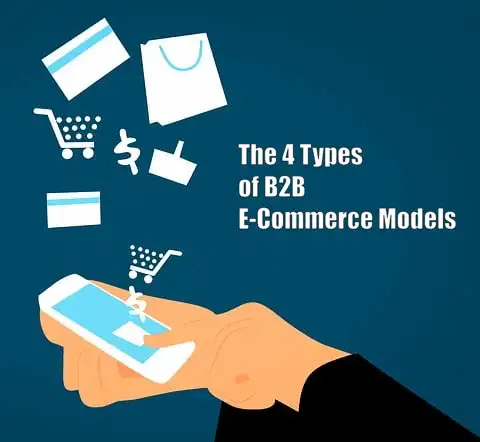Modern companies are recognizing the importance of business-to-business (B2B) e-commerce, which has been shaped by the increased use of digital platforms. There are four main models within the B2B e-commerce industry that businesses can utilize, and having a good understanding of these models can help companies choose the most effective strategy for their unique requirements.
1. Supplier-Oriented Marketplace
In a supplier-focused market, which is sometimes called a supplier-centered model, a group of sellers connects with a group of buyers. This model is mainly intended to favor suppliers, who can access a wide network of customers. Suppliers can attract different customers to this kind of marketplace by offering a range of products, increasing their likelihood of making successful sales.
- For example: Global trade platforms where numerous suppliers sell their products to worldwide buyers.
2. Buyer-Oriented Marketplace
In contrast to the supplier-focused model, the buyer-oriented model aims to promote the buyer’s advantages. This model functions as an internet-based procurement system, where businesses present their purchasing requirements and request suppliers to compete for contracts. This competitive approach empowers buyers to discover top-notch products at the most competitive prices.
- For example: A company could set up a portal where vendors bid to supply office equipment or managed IT services.
3. Intermediary-Oriented Marketplace
In an intermediary-oriented model, a middleman plays the role of connecting buyers and sellers. The purpose of this intermediary is to make transactions easier and provide a platform for both parties to communicate effectively. Additional services like handling payments or assisting with logistical matters might also be provided.
- For example: Online platforms that connect freelance service providers with businesses looking for such services, and facilitate the payment and contract execution process.
4. Community-Oriented Marketplace
This model focuses on bringing B2B stakeholders together in a community-based environment. It provides a forum where professionals can network, share ideas, collaborate on projects, and ultimately conduct business transactions. The point is to create a community where business members can build relationships that drive profitable activities.
- For example: Online hub for software developers where they can collaborate, share code, and even sell software solutions to other members.

In Summary
While the four B2B models operate differently, their primary goal remains consistent: to streamline the buying and selling process between businesses, potentially at a larger scale and lower cost than traditional channels. The choice of model depends on the specific needs and strategy of a business. It’s also worth mentioning that with the development of technology, hybrid e-commerce models are popping up, combining elements of multiple models for a comprehensive approach. Hence, it is crucial for businesses to stay adaptable in their strategies within the swiftly evolving landscape of B2B ecommerce.







